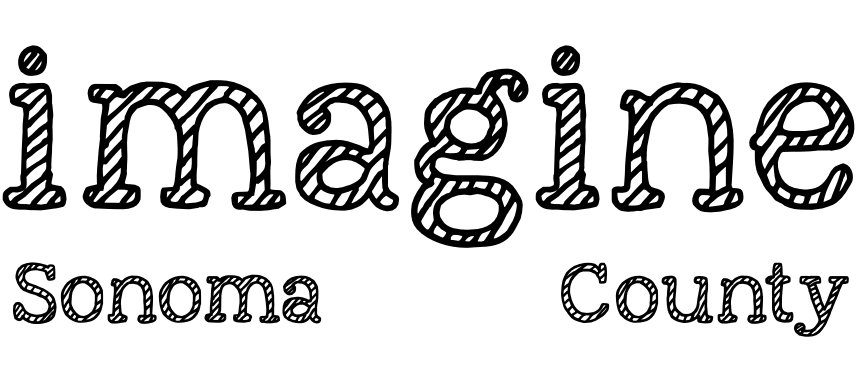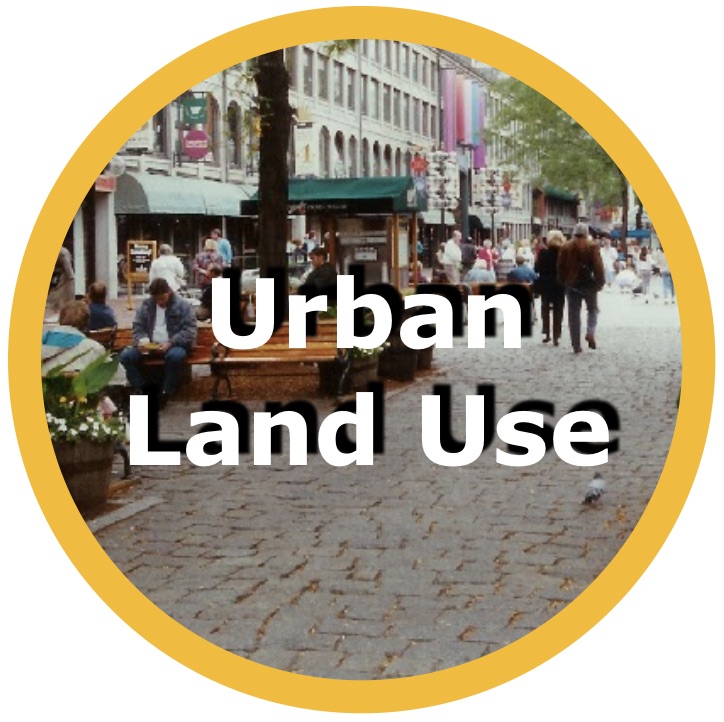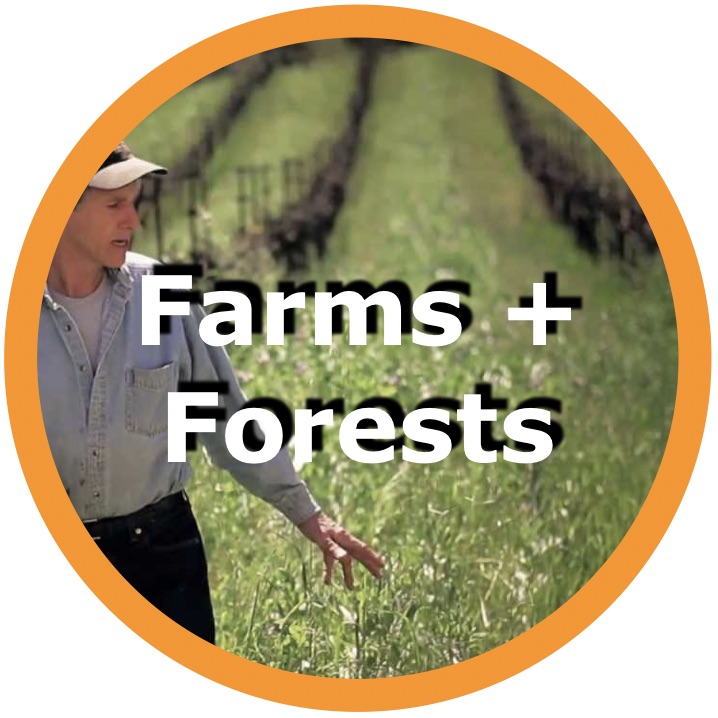
|
|
|||||||||||||||||||||
|
|
||||||||||||||||||||||
|
|
||||||||||||||||||||||
|
Here's how to participate in Transportation policy This is a forum to share and discuss policy ideas that help reach the vision by 2030.
Find contacts for your local elected leaders.
|
||||||||||||||||||||||
|
||||||||||||||||||||||
|
What are your transportation policy ideas?
Share your policy ideas by submitting a comment using the form below. Please try to suggest policies that: 1) can be implemented at the local level; 2) have potential greenhouse gas emission reductions; and 3) benefit all community members, with priority given to the most vulnerable among us. You are also welcome to submit your policy idea in our brief policy submission form. |
||||||||
|
|
||||||||
|
|
||||||||
|
|
||||||||
|
|
||||||||

 SHARE COMMENTS
SHARE COMMENTS







Comments (1)
No new road construction until all current roads are repaired and updated to current use needs. There are too many poorly managed streets and roads as it is to add more by expanding outwards. Rather than expanding our community with added development and roads, current infrastructure must be updated to optimum levels before new construction can be added. This means smaller foot prints with vertical building structures in dense urban areas and improvements of these transport routes first.